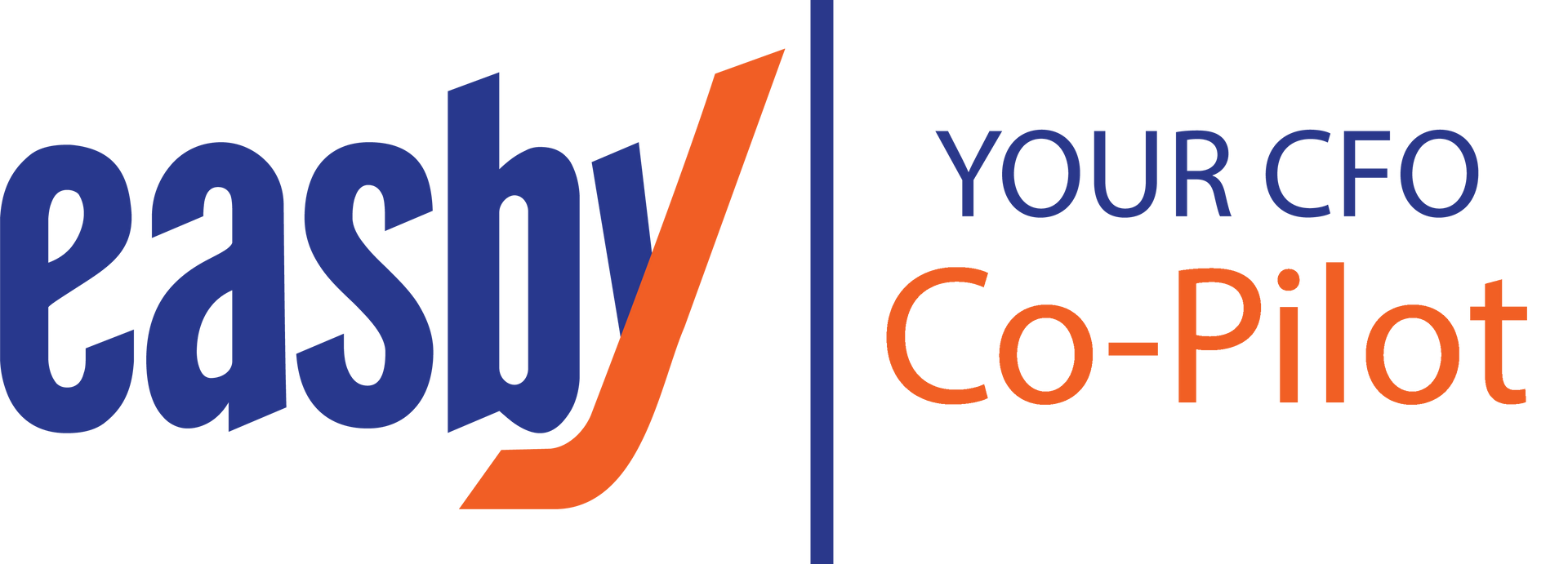ROSE + Easby: AI-Enabled Outsourcing is the Future of FaaS
Share this article:

In today’s evolving landscape of finance and accounting, the need for digital transformation has never been more critical. Business leaders are seeking innovative solutions to streamline their back-office operations while harnessing the power of artificial intelligence (AI) to gain a competitive edge. According to a recent Gartner article titled “Digital Finance Transformation via AI-Enabled Outsourcing,” the most viable option for achieving this transformation is through AI solutions contracted via business process outsourcing (BPO) providers. In this article, we explore why Rose Financial Solutions (ROSE®) and Easby® are the solution for AI-enabled outsourcing and the future of the Finance as a Service (FaaS) industry.
The Shifting Priorities in Finance and Accounting BPOs
Business Process Outsourcing, or BPO for short, is a strategic method that allows companies to subcontract various aspects of their business operations to third-party vendors. This practice enables organizations to focus on their core competencies while entrusting specialized tasks to experts in the field. BPO is all about enhancing efficiency, reducing costs, and fostering flexibility.
Over the decades, finance and accounting outsourcing has seen various waves of evolution, from labor arbitrage in the 1990s to efficiency-driven processes in the 2000s. Today, a new era has emerged: the “Digital by Default” wave. This shift is characterized by a strong focus on accelerating the digitalization of finance operations using AI-enabled technologies. Easby, a system of engagement developed by ROSE, is at the forefront of this development, bringing hyper-automation and AI into financial operations in support of ROSE’s FaaS clients.
ROSE + Easby’s Unique Position in the AI-Enabled Outsourcing Landscape
ROSE is a leader in the finance as a service (FaaS) industry, offering AI-driven solutions that cater to the growing demands of finance organizations. ROSE is uniquely positioned to provide AI automation at a lower cost than individual companies can achieve on their own given that the investment is shared over its entire client base. However, ROSE’s approach, utilizing Easby, goes beyond mere cost reduction. It focuses on driving AI-driven process transformation in back- and middle-office finance operations. This allows CFOs and finance leaders to redirect internal efforts towards more strategic, value-added projects that enhance the enterprise’s competitive position.
Easby’s Response to Market Dynamics
The market is undergoing significant changes, with finance organizations increasingly recognizing the benefits of AI. However, the lack of readily available data science skills has led to a reliance on citizen data scientists to build AI solutions. While successful pilot projects have been achieved, scaling and maintaining AI operations present significant challenges.
Easby addresses these challenges by providing cost effective access to AI skills, allowing organizations to incorporate and benefit from AI solutions in the short-term. This approach ensures the fast realization of AI benefits while also offloading the complexity of operationalization to experts in the field.
Looking to the Future
As the finance industry continues to evolve, ROSE and Easby are poised to lead the way in AI-enabled outsourcing. By offering AI solutions and operationalization support for finance and accounting processes, ROSE aims to increase competitiveness and financial resilience for growing organizations. Leveraging Easby, business leaders can confidently navigate the complexities of AI related implementations, ensuring the success of their digital finance transformations.
For more insights on how ROSE and Easby can help you unleash your financial potential, click here to schedule an introductory call today.
Visit Us On:





